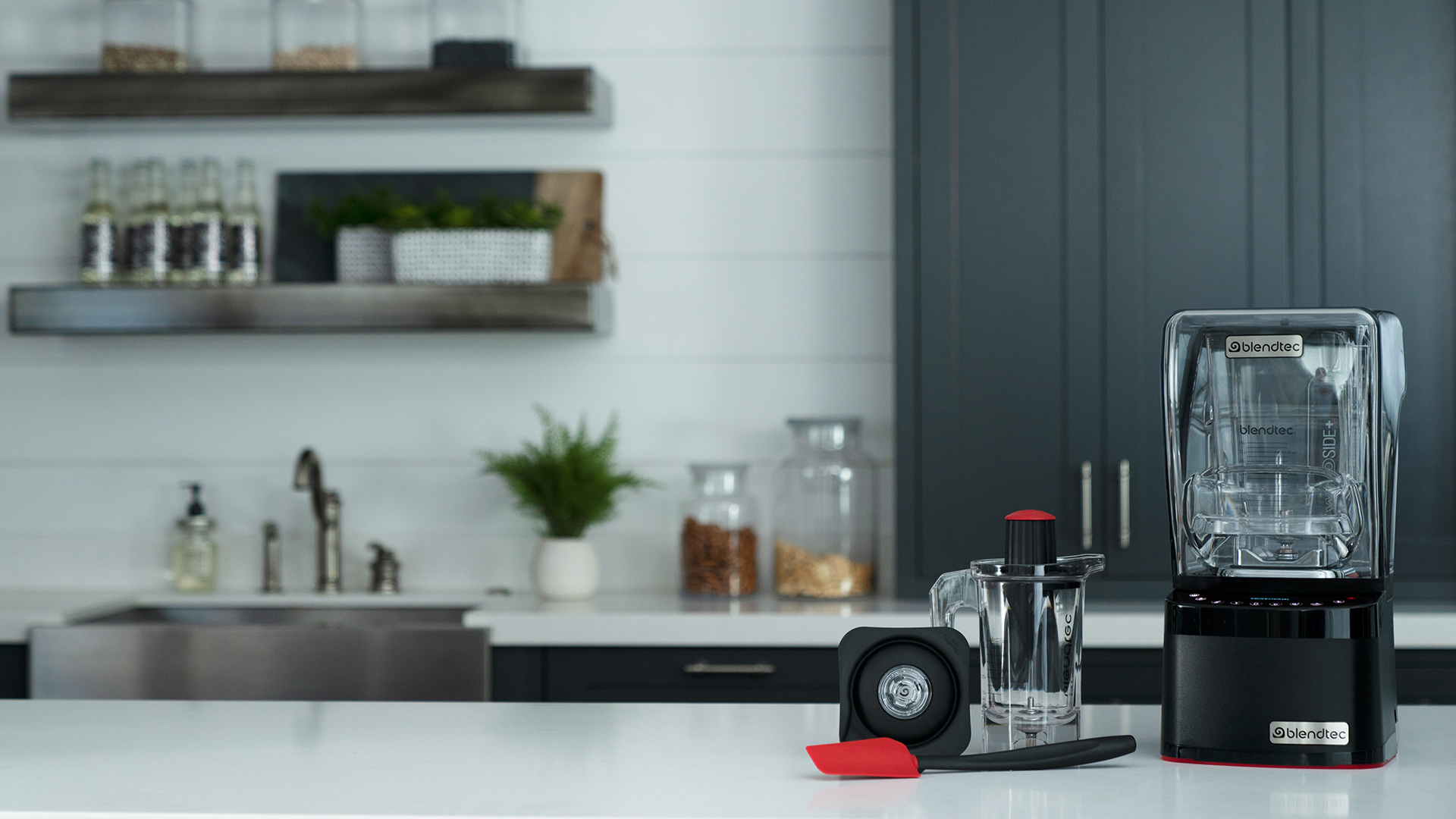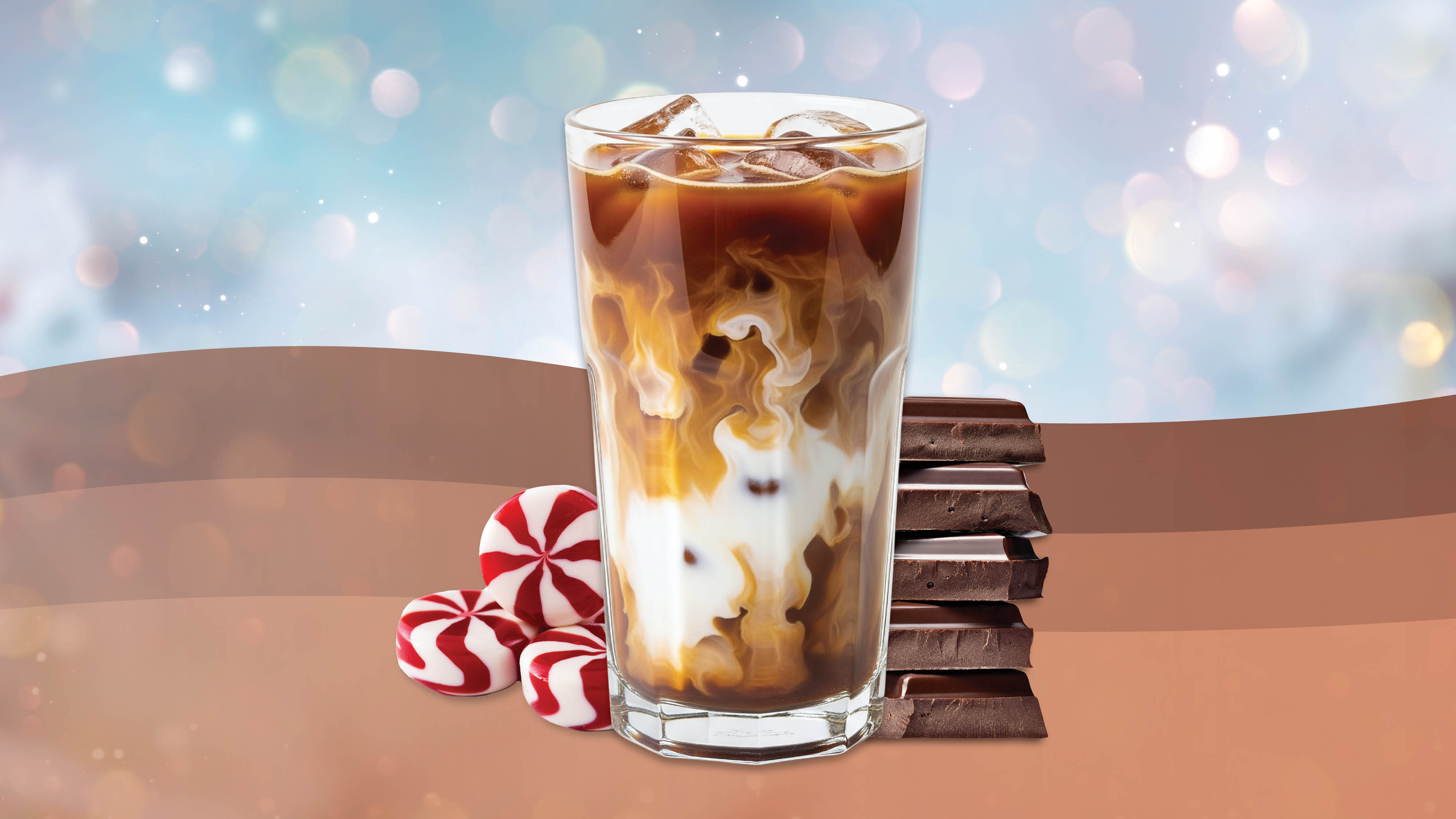Muscle soreness hits customers hard after intense resistance training, and can last up to 48 hours. Because most customers remain confused about proper protein timing and amounts, this creates opportunity for Juice Bar owners.
Your customers need 20-50g of high-quality protein after exercise to support recovery. Muscle-building clients require nearly double the standard. Here's the catch: research shows high-protein drinks don't always outperform carbohydrate-only options for recovery. This knowledge gap creates your competitive advantage.
Master the science behind post-workout nutrition. Learn which nutrients maximize recovery results. Discover optimal protein timing strategies. Your customers will get better results. Your business will see increased loyalty and higher sales.
This guide delivers practical strategies for smoothie bar owners. You'll provide evidence-based recommendations that actually work. Your customers will notice the difference.
Why Protein Shakes Drive Customer Results After Workouts
Exercise creates micro-tears in muscle fibers. These tears need repair to build stronger muscles. Protein provides the essential building blocks for this recovery process. Protein shakes deliver convenient post-workout nutrition your customers need.
Protein's Impact on Muscle Repair
Essential amino acids fuel muscle recovery. Your body cannot produce these amino acids independently. They stimulate muscle protein synthesis (MPS), the process that rebuilds damaged muscle tissue. Inadequate protein intake compromises recovery and reduces gains.
Active adults need 1.2-2.0 grams of protein per kilogram of body weight daily. This exceeds standard recommendations significantly. Intense training clients may require up to 1.4-1.7 g/kg of bodyweight. Your protein shakes help customers meet these elevated requirements.
How Exercise Breaks Down Muscle Tissue
Two types of overload stimulate muscle growth: metabolic and mechanical. Metabolic overload depletes muscle energy stores. Muscles adapt by storing more glycogen. Mechanical overload damages actin-myosin protein filaments during weightlifting.
Resistance training creates microscopic muscle fiber damage. Higher intensity workouts cause greater microtrauma. This damage triggers repair processes. Protein and hormones synthesize new satellite cells to fix damaged fibers.
Protein shakes deliver amino acids when muscles need them most. Your customers recover faster. They prepare better for their next training session.
Essential Nutrients for Maximum Recovery Results
Protein alone won't deliver optimal results. Smart smoothie bar owners understand that effective post-workout shakes require multiple nutrients working together. Your customers need the right combination to maximize their recovery investment.
Carbohydrates drive glycogen replenishment
Intense workouts deplete muscle glycogen stores. Your customers need 1.2g of carbohydrates per kilogram of body weight per hour during the first 30 minutes post-exercise. Carbohydrates paired with protein create superior results.
Protein requirements exceed standard recommendations
A quality protein shake delivers 25-30g per serving. Animal-based proteins (whey, casein, egg) and plant-based options (pea, rice, hemp) both support recovery. Research favors animal sources for muscle building.
Electrolytes prevent performance decline
Sweat depletes essential electrolytes needed for nerve function and muscle contraction. Workouts lasting over an hour require approximately 350mg of electrolyte replacement.
Protein drinks with added electrolytes offer convenient 2-in-1 recovery solutions.
Creatine enhances energy and antioxidant protection
Creatine functions as a cellular energy buffer. Its antioxidant properties can eliminate reactive oxygen species and prevent oxidative damage. Creatine protects mitochondrial DNA and RNA while enhancing antioxidant enzyme activity. Combined with protein, it supports muscle repair and reduces post-exercise damage.
Maximize Profit Margins with Smart Protein Selection
Product selection drives customer satisfaction and repeat business. Smart smoothie bar owners understand which proteins deliver results and keep customers coming back.
Whey vs. plant-based protein
Whey protein dominates the market for good reason. Derived from milk during cheese production, it offers complete amino acids and rapid absorption. High leucine content makes it particularly effective for muscle synthesis. Plant-based options like pea, rice, hemp, and soy serve customers with dietary restrictions or sustainability concerns.
Whey protein isolate remains the gold standard for muscle growth. Plant-based proteins match this effectiveness when properly combined. Modern plant-protein blends now rival whey's completeness by mixing sources like pea and rice.
Stock both options. Different customers have different needs. Your product variety increases sales opportunities.
Combining protein with carbs for better results
Carbohydrates paired with protein create powerful recovery combinations. This pairing increases insulin levels more effectively than protein alone. Insulin stimulates protein synthesis pathways and enhances glycogen restoration.
High glycemic index carbs with protein may maximize the anabolic response, though insulin response remains optimized regardless of carbohydrate type. This combination increases fat loss compared to carbohydrates alone.
Offer protein-carb combinations as premium recovery options. Higher ingredient costs justify higher prices and better margins.
Maximize Your Smoothie Bar's Post-Workout Market Share
Post-workout protein shakes represent a significant revenue opportunity for your smoothie bar. Customers who understand proper protein timing become loyal, repeat buyers. Your educated recommendations create trust and drive higher sales.
Quality protein products command premium pricing. Stock both whey and plant-based options to capture diverse customer segments.
Start with your current protein offerings. Optimize ingredient combinations. Educate your customers. Track sales improvements. Your bottom line will reflect these strategic changes within weeks.







